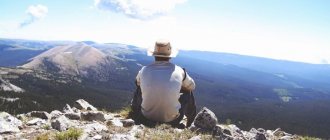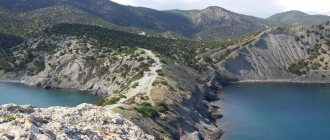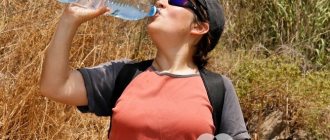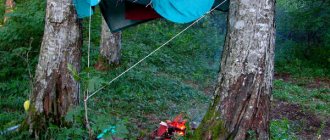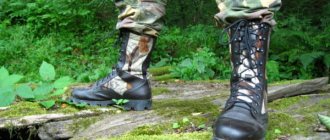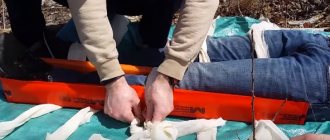Play
Hiking is not only a test of your strength, it is also an adventure. So take every opportunity to play. Throw your backpack and dive into the river that suddenly opens behind the hill. Play hide and seek. Eat blackberries. Positive emotions are necessary to continue on a difficult path. BUT! Don't forget about safety for a minute. For example, swim in a river only if it is familiar to you and you are sure that the water is clean, there are no dangerous funnels or too strong a current. In other words, play if you are sure that it will not harm you or your friends.
Stories of survival in extreme situations
People periodically find themselves in unusual situations . Sometimes this happens voluntarily, when they go to the mountains, forests, remote, untrodden routes. Sometimes this happens unexpectedly - as a result of disasters or crimes. But in any such situation, a person is faced with a choice - to quietly give up and die, or to fear for his life and become the author of another story of survival in extreme situations .
1 Survive in the ice

Sir Ernest Shackleton led his team to conquer Antarctica in 1914. They started their journey on the ship Endurance. But soon the ship was buried by drifting ice, and the crew was forced to abandon it. After the death of the ship, there was no longer any talk about going to Antarctica; it was necessary to save the crew, < to survive at any cost.
Shackleton's group walked in the ice for 2 years until they managed to move to Elephant Island using lifeboats. The team spent six months there; the basis of their diet during this time was whale oil and seal meat.
During this time, Shackleton continued his research with a group of five people. They walked around the island from the north, and then moved across the ocean to the island of South Georgia, covering about 1,300 kilometers. For 36 hours, Shackleton and two other crew members explored the island, mapping it for the first time. Only three months later did the researchers reach the main group on Elephant Island.
But despite the most difficult conditions, hunger and cold, they survived. They gained respect and pride through their journey.
2. Survive in the Amazon jungle
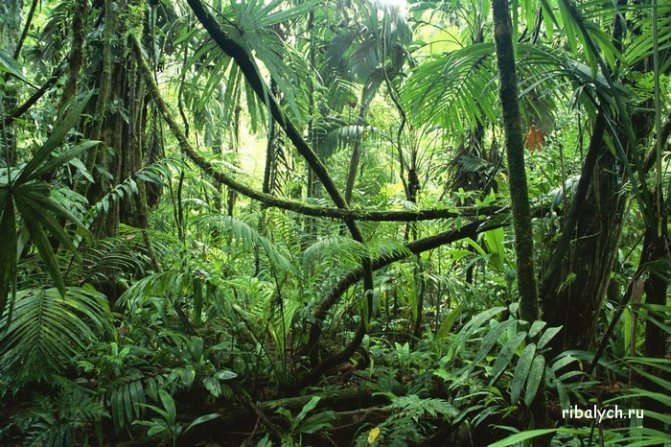
In 1981, Yossi Ginsberg, along with three other Israelis, decided to go to the Amazon jungle in Bolivia. Very quickly the companions got lost, and they also realized that their equipment was insufficient for such a journey. At this moment they decided to split into 2 teams and continue their journey separately. One deuce was never discovered later.
The second couple, which included Ginsberg and his friend Kevin, began to go down the river on a raft. But it was unsuccessful - the raft crashed on the rocks and the companions lost each other. For as many as 19 days, Ginsberg was left alone in the jungle. Kevin was luckier - he was picked up by local residents, and they also organized the search for Yossi. So the friends managed to get out of the jungle.
3. In the ice cave
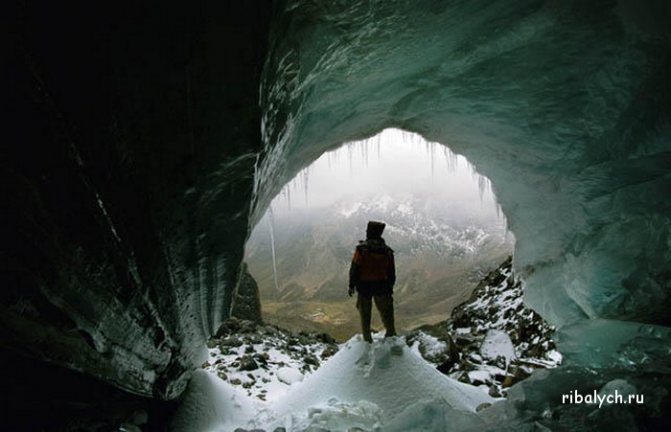
Phil Dulé and Mark Inglis began climbing Mount Cook (or Aoraki), New Zealand's highest peak, in 1982. While climbing the 3,764-meter mountain, they were caught in a snow storm. The climbers quickly built an ice shelter from the snow and began to wait for the end of the storm.
But rescuers managed to reach Phil and Mark only after 13 days. The climbers spent all this time in a small cave, eating croaker fish. The tightness of the cave and the cold, unfortunately, did not have the best effect on the guys. These factors led to disruption of blood circulation in the limbs, and the legs had to be amputated.
But the guys didn’t give up rock climbing. They nevertheless conquered Aoraki, and Inglis climbed Everest in 2006, becoming the first legless conqueror and losing his fingertips from frostbite.
4. Hand or life
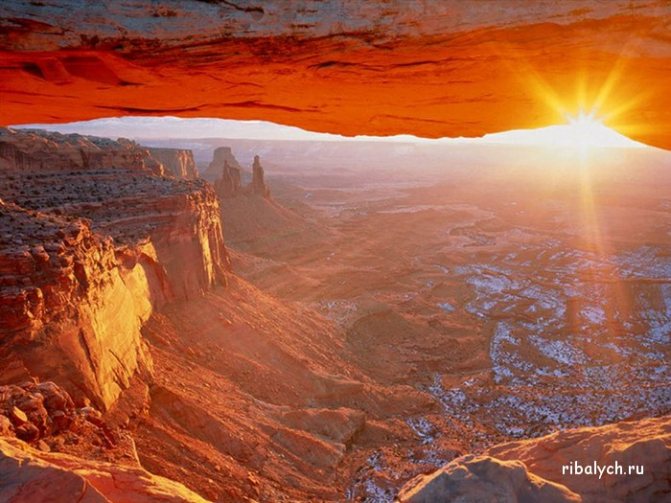
Sometimes you have to perform surgery on yourself to survive. This happened to Aaron Ralston . In 2003, while climbing in a remote canyon in Utah, his hand was crushed by a boulder weighing 360 kg. He spent 5 days trying to free himself, but when the water and food ran out he had to make a drastic decision.
He smashed the bones with a boulder and then sawed through the muscles and tendons with a dull pocketknife. After that, Ralston rappelled down a 65-foot cliff and was only found not far from the car by other tourists.
5. Mountain hike
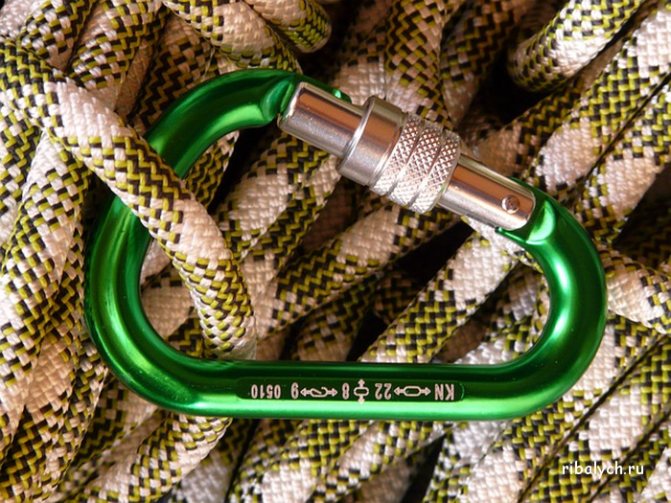
Siula Grande in the Peruvian Andes has an altitude of 6260 meters. of Joe Simpson and Simon Yates began .
Simpson was the first to go down, he slipped and broke his leg. While Yates was walking towards him, Simpson fell off the cliff, but stayed on the edge. Sims spent a whole hour on the rope without Yates seeing or hearing him. Then Simpson flew down. There are different versions of why this happened - perhaps Yates cut the rope, which saved both of their lives.
But as a result, Yates went down, and Simpson fell into a crevice. He managed to get out of there, despite his injuries. Then he got to the camp for three days, without food, water, or painkillers. He crawled to the base at night, where he met the already recovered Yates, who was planning the next stage of the route.
6. Lost in the Pacific
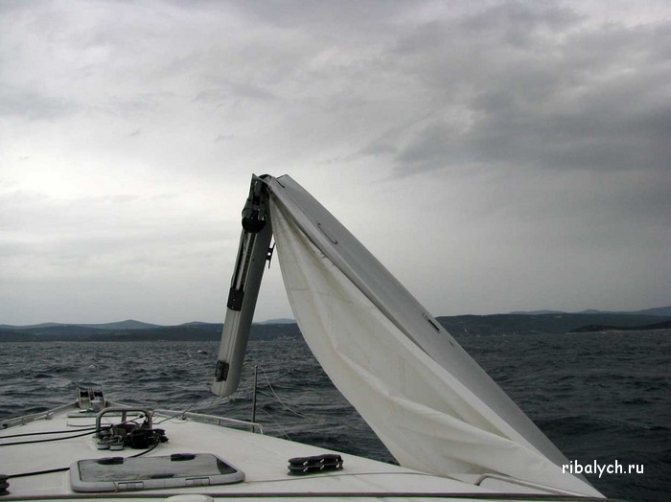
Tami Oldham Ashcraft and her boyfriend Richard Sharp planned to take a pleasant walk along the Tahiti-San Diego route within a month. They needed to move the 44-foot yacht Khazana to the dock. But on the 19th day they were hit by a force 4 storm. It was an echo of Hurricane Raymond, which raised waves of 50 feet. As a result, the yacht capsized. Ashcraft, who was below deck during the storm, lost consciousness.
She woke up three days later. By this point Sharpe was dead, his lifebelt torn and his mainmast broken . Fortunately, the sailboat returned to its normal position. Tami built a temporary mast, plotted a route to Hawaii and sailed fifteen hundred miles with a minimum of food and water. After 40 days, she entered Hilo harbor, and then reached her destination port.
7. Outback Australia
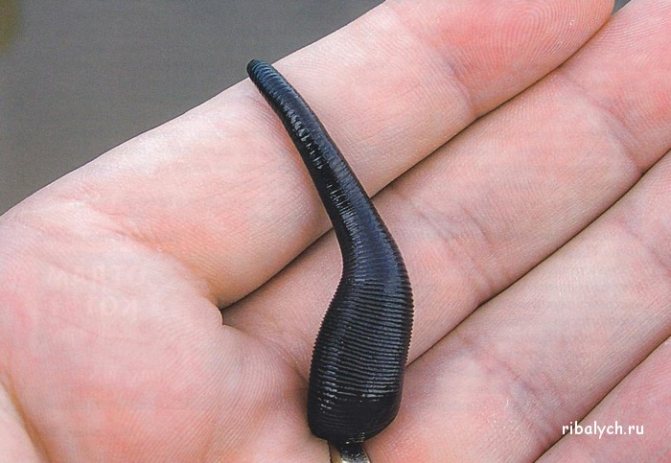
In the spring of 2006, Mark Clifford discovered a six-foot thin man on his land. Although it would be more accurate to call what appeared on a remote farm in northern Australia a real skeleton. It turned out to be Riki Migi, who had been wandering in the wilderness for 10 weeks.
It is not clear exactly how he got lost. According to Miga, his car broke down; there was also a version that he was thrown out by a hitchhiker who picked him up. In addition, Ricky himself used drugs, according to police information. But the fact is that he got lost, spent some time somewhere in the wilderness near a dam on a diet of leeches, frogs and grasshoppers. And most importantly, he survived!
8. Crashed in the Andes
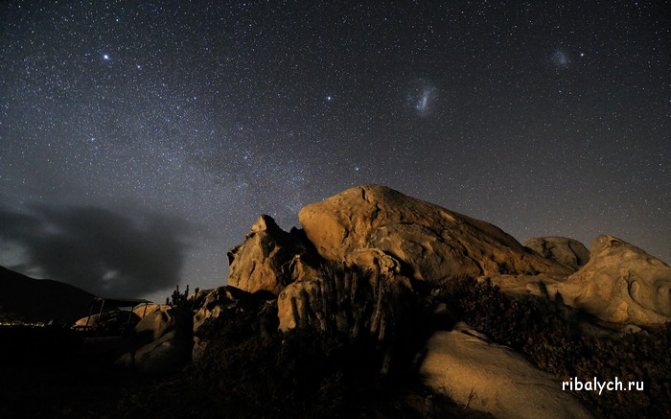
The history of the Uruguayan rugby team is known to many - it is described in books, feature films and documentaries have been made on it. In 1972, a plane with a crew of 45 people crashed in the mountains. In the first hours, 12 died, the next day another 5 died from injuries. Within a week, four more died, and eight were covered by an avalanche.
The last 16 people fought against hunger and cold. They even had to eat the corpses of their comrades who had previously died from wounds to survive. Hope for rescuers to arrive quickly faded, and then Roberto Canessa and Nando Parrado left the mountain. They still managed to reach the people and bring help to their comrades.
Let's remember the article about people who did not fold their arms in a difficult situation: Surgical operations on themselves
Hard skills for survival
The most powerful willpower will not save you if you freeze in the winter taiga or die of thirst in the desert. And therefore you will need a specific set of skills and knowledge that will allow you to provide the basic needs of life: warmth, water, food, as well as return to civilization
#5 First aid
In the wild, even the slightest injury can significantly reduce your efficiency. If you do not know how to stabilize a fracture, stop bleeding, or warm a freezing person (which is not as easy as it seems) - this will mean death.
You must learn to provide first aid for:
- bleeding;
- injuries (fractures, dislocations, bruises, sprains);
- burns, frostbite;
- hypothermia, heat stroke;
- bites of wild animals and insects;
- poisoning.
#6 Making fire
The ability to start a fire by any means possible and in any weather is perhaps the most important hard survival skill. At least in cold climates. Fire is warmth, protection, psychological comfort, clean water and healthy food.
This skill includes not only the ability to bring a match to the kindling, but also other things:
- harvesting firewood with and without tools;
- searching for kindling;
- choosing the right place for the fire;
- making fire without matches or lighters;
- construction of various types of fires: for heating, cooking and lighting;
- carrying fire.
#7 Arranging a shelter
Even though most makeshift shelters don't protect you from the cold at all, they play a huge role in protecting you from hypothermia. Their task is to protect from wind and precipitation, which are much more dangerous than isolated cold. Wet, wind-blown clothing loses heat tens of times faster than dry clothing during calm weather. And in such a situation, only one thing can help you - a good wind and waterproof shelter. In addition to the actual construction of the shelter, it is very important to be able to choose the right place for your shelter.
#8 Finding and purifying water
You can only survive a few days without water, depending on climate and physical activity. But, as practice shows, even half a day of thirst significantly worsens your well-being and is very demotivating. Moreover, water is important not only in the hot season, but also in winter, because a dehydrated body produces heat much worse.
So you will have to look for water from the very first hours of the disaster. And not only look for it, but also clean and disinfect it - in most cases it will be undrinkable.
#9 Sending distress signals
If you are lost in a deserted area, the best decision is to stay put and wait for rescuers. This will save energy and make it easier for people to find you. Well, to add a couple of shekels to the piggy bank, it would be useful to send distress signals that will indicate your location. You must learn how to build a signal fire, use a signal mirror and pyrotechnics.
#10 Orientation
There are situations in which you have to get out to civilization yourself. And the ability to correctly determine the cardinal directions, as well as maintain a given course, will be key to your salvation. To do this you need to be able to:
- work with a compass and map;
- find the sides of the horizon using local features;
- maintain the required direction using azimuth.
#11 Finding and cooking food
Despite its dominance in popular survival shows, food is the last thing on your mind when it comes to saving your life. A person can fast for three weeks without any irreversible consequences for the body. By this time, people either die from cold, dehydration, accidents, or find salvation.
Yes, there are exceptions, and your survival may take longer. Well, this item is still here. And here's what you have to learn:
- identifying and preparing edible plants;
- fishing;
- hunting with traps (please note that this method is illegal in “peaceful” conditions).



